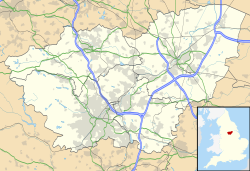History
The hospital has its origins in the Rotherham Public Dispensary established at Wellgate in Rotherham in 1806. [1] It moved to College Square in Rotherham in 1828. [1]
Following an initiative by Dr Edward Shearman, [2] funding was sought for a new hospital in the town. Subscriptions were donated by every section of the community from ladies living on Moorgate to the workers in the surrounding factories. [3] It was decided to situate the new building in Doncaster Gate, so-named because it marked the gateway to Rotherham on the Doncaster Road. [4]
The architects, Mallison & Bakewell of Dewsbury and Leeds, were selected from over 90 entries in a competition run by The Builder magazine in 1869. [5] The hospital, which was built partly in Tudor style and partly in Gothic style at a cost of £9,000, opened in 1872. [1]
It joined the National Health Service as Doncaster Gate Hospital in 1948. [1] After services, including the special care baby unit, [6] had been transferred to Rotherham General Hospital, Doncaster Gate Hospital closed in 1984. [1]
This page is based on this
Wikipedia article Text is available under the
CC BY-SA 4.0 license; additional terms may apply.
Images, videos and audio are available under their respective licenses.

